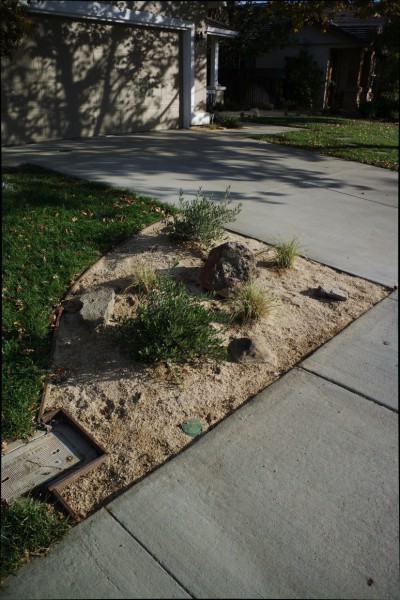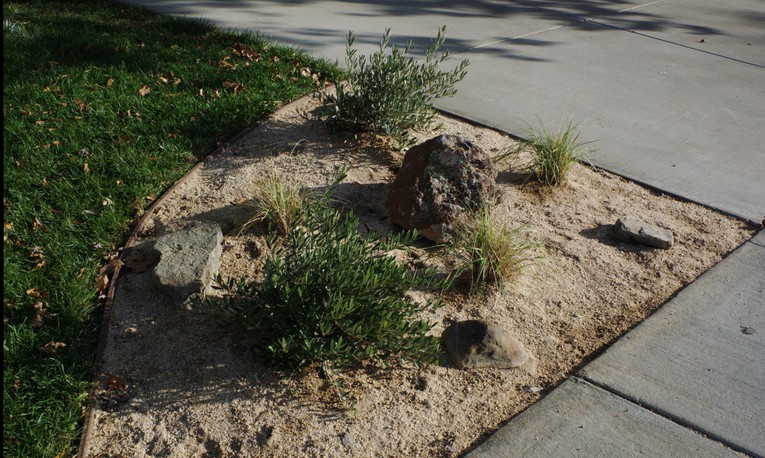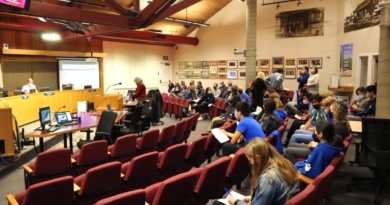Local experts advocate water reduction to cope with drought

By Amelia Biscardi,
BlueDevilHUB.com Staff–
In this drought, water reduction is vital. Area experts have many ideas on how Davis High students can reduce water usage.
Andrew Fulks, Assistant Director of the UC Davis Arboretum and the Public Garden Teaching Nursery, says that “the best way to determine how to save water is first to determine where you are using water, and see where you have an opportunity for reduction.”
According to Fulks, water usage can be broken down into interior and exterior. For interior, try to find leaks and then check the efficiency of toilets, showers and sinks.
Looking at exterior water use is important as well.
“If you have lawn areas that aren’t actively used, you could convert them to drought-tolerant plants,” Fulks said.
However, the alternative to lawns, artificial turf, has both benefits and drawbacks.
“On campus [at UCD] we use [artificial turf] on some of our athletic fields, [which is] immediately usable after rain, can be re-striped for different sports back to back–unlike natural turf–and has a consistent playing surface,” Fulk said. “However, it still requires about as much water as regular turf in order to keep it clean, to wash off dirt, sweat and spit from players.”
Mike Mierzwa is the lead flood management planner at California Department of Water Resources, and says that the benefits of artificial turf include “eliminating the need for watering a lawn while providing the appearance of a green lawn.”
Taylor Lewis, nursery manager for the UC Davis Arboretum and Public Gardens, disagrees.
“I would never suggest, recommend, prefer, that people use artificial turf. You have to wash it off. If you don’t wash it off frequently, the plastic actually degrades faster,” Lewis said.
Not only does artificial turf use up water, but it must be sent to a landfill when it wears out.
The other alternative to artificial turf is taking out a lawn completely, which also has drawbacks.
Samuel Sandoval, an assistant professor and expert in water resource planning and management, worries that replacing all lawns with artificial turf will affect wildlife.
“A nature grass/dirt lawn still provides habitat for insects, which in turn become food for suburban song birds,” Sandoval said. “While it is possible to set up bird feeders, the worms, spiders and other insects that normally live in our yards can have a more difficult time getting through the turf into the ground.”
Another concern is that some plants and trees use up more water than others.
According to Fulks, shrubs and trees that require a lot of water include azaleas, agapanthus, white birch trees, ash trees and willow trees.
“People forget that during a drought that trees need water, while grass can easily grow back,” Mierzwa said. “The second-most important thing DHS can do to save water is use mulch around trees and plants. Mulch helps soil retain water and needs to be replaced. Both natural and artificial mulch can be used, and even mixed. Mulch is easy to use and replace.”




